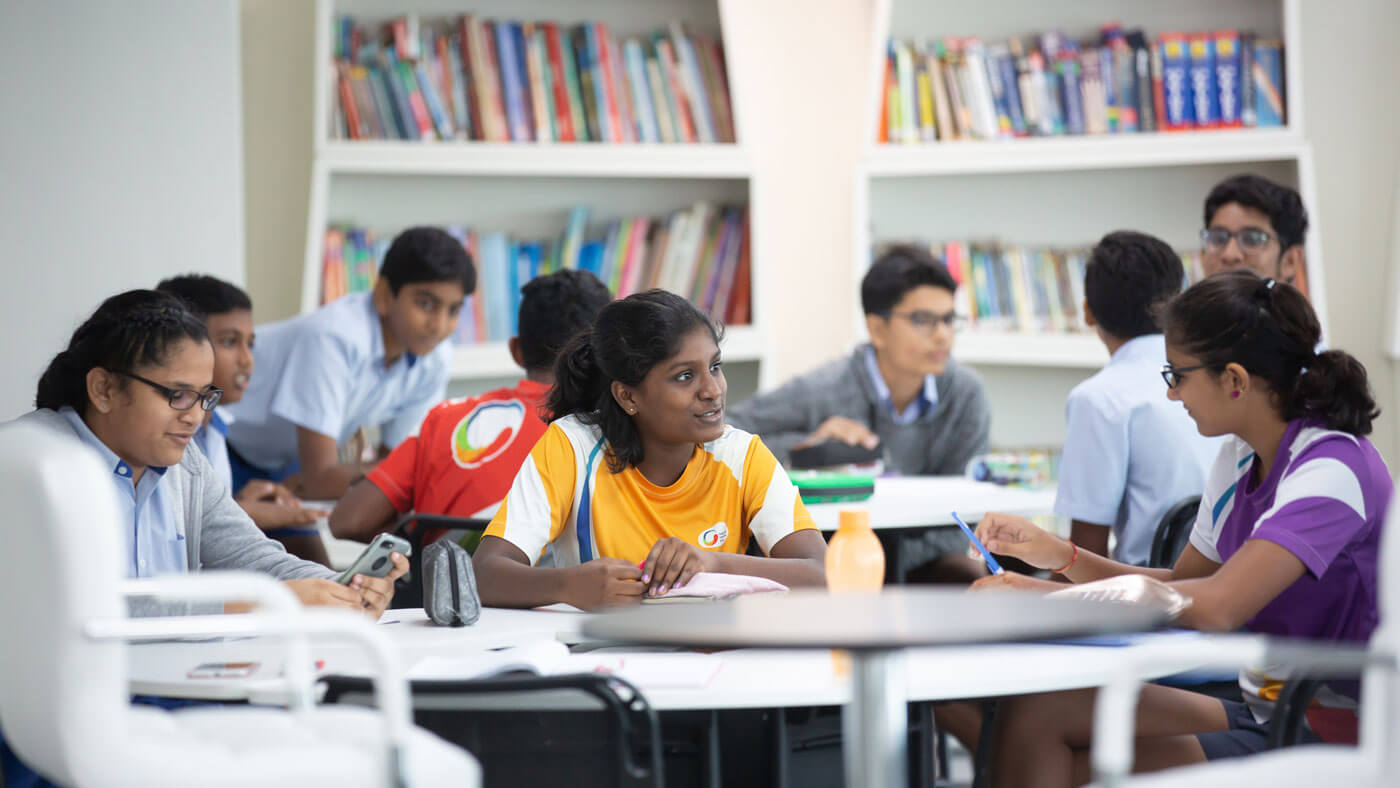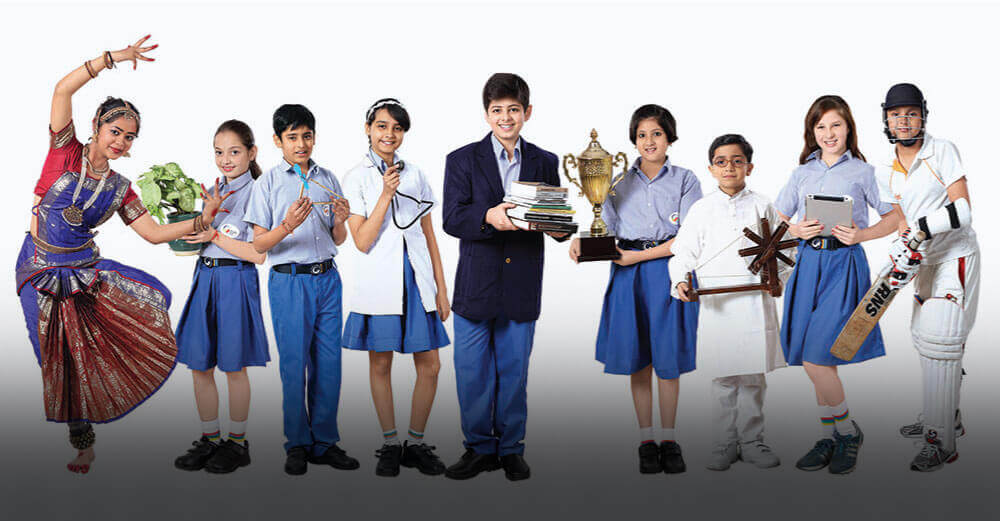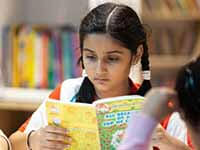As a parent, the most difficult choice lies ahead of you when your tiny tot is about to start preschool. What kind of school experience do you want your little one to have? The answer is obvious – your child should have fantastic experiences that keep him or her healthy and safe. As the hunt for the best school begins, you will most likely have two options to pick from – traditional play schools vs Montessori schools.
What is the difference between the two? How do you choose the right school for your child? Why do many parents feel that Montessori schools are better than traditional play schools? If you’re torn between a traditional playschool and a Montessori school for your child’s preschool education, then this blog is for you. We will start by understanding each school type, which will help understand us what’s the difference between Montessori schools and traditional preschools
What is a Montessori School?
So what exactly is a Montessori school? Montessori schools follow the Montessori Method of teaching which focuses on child-led learning. Under the Montessori Method, students are encouraged to identify and learn what they want to learn, with the teacher guiding them along the way. Most of the Montessori Method is taught with hands-on learning. A traditional playschool doesn’t have quite the same philosophy as a Montessori school.
What is Traditional Playschool?
While still believing that play should be a method or way of a preschooler’s work and learning, traditional preschools tend to be stricter and more teacher-focused instead of being student-driven. In traditional play schools, the teachers teach from a core lesson plan and all students are expected to follow that lesson plan. This is in stark contrast with Montessori schools in which the child chooses an activity and the teacher only provides assistance and guidance when the child needs it.Both the schools now offer play-based learning, but there is a marked difference in the approach.
Let us look at how Montessori scores above traditional playschools:
● Different Environments
While both Montessori and traditional playschools feature supportive and well-designed environments, the teaching environment of the two schools are widely different. Montessori schools are organized differently. They are divided into five areas to align with the Montessori method. These areas are math, practical life, language, culture, and sensorial. A Montessori school’s environment tends to be less stressful, calmer, and much quieter than a traditional playschool because the student leads the play, and they aren’t put on a strict schedule.
Many traditional playschools are arranged in a similar manner, but with more focus on academics and structured learning.
Whichever preschool environment you choose, make sure that your child is in a tranquil setting geared towards them learning and being happy at the same time.
● The Teaching Methods
The teaching methods are quite different between the two types of school as well. In Montessori schools, the student is the one at the center of learning. The teacher is just there to guide them.
In traditional play schools, the teacher is at the center of the learning process. S/he is the focus of the day and teaches all the lessons from a predetermined course outline.
● Peer and Cooperative Play
Cooperative play is something that students should be taught from an early age. Because the curriculum isn’t teacher-centric in Montessori schools, children are taught cooperative play from the beginning. As mentioned above, children are encouraged to find what they want to learn the most, it enables them to play with other children, which teaches them to share and how to get along well with others.
Traditional schools also encourage students to play together but it is restricted to break times.
Both schools, however, encourage cooperation through collective, group activities.
● Child-Centered Learning
You can rest assured knowing that in a Montessori classroom, your child has a curriculum that is based on their specific needs. This curriculum allows them to learn at their own pace and on their own terms. Everything in the classroom is within the reach of children. Even the furniture is child-sized for maximum comfort. Another great benefit is that the older children are encouraged to help the younger children, so mentoring not only comes from the teachers but also from peers.
Traditional play schools also have classrooms designed for little ones. But the designated play or craft areas are out of bounds without the teacher’s permission.
One of the best things about any play-based preschool is that they teach education through play. You should empower your child and teach them through playtime, and that’s what a good quality play-based school should accomplish.
● Children Learn Discipline
A traditional play school has rules. Children are often punished if these rules are broken. These types of schools focus more on children learning self-discipline the natural way. While the children are encouraged to choose the activities and things they want to learn, there are ground rules that teachers and other students enforce. This type of environment teaches motivation, concentration, and self-control.
Traditional schools enforce discipline by ensuring that children follow the lead of teachers or other “well-behaved” children. Though it instills both discipline and responsibility, it is particularly harmful for young children who are more active, curious, and exploratory.
● Individualizes Each Child
In most classrooms, children with different sensibilities and interests are clumped together and taught the need to follow while retaining their individualism. Traditional classrooms realize the need to be student-centric, but the teaching methodology requires learning the fixed syllabi to get merits and accolades.
Montessori schools are different. The Montessori method treats every young child as an individual. Since students are allowed to explore activities at their own pace, it encourages them to try areas that are more challenging to them without fear of failure or getting in trouble for not getting it correct. A comfortable pace is set for the student, instead of them being expected to perform at the same rate as every other child in the classroom.
● Helps Develop Better Communication Skills
During the early years, when a child’s vocabulary is still rapidly growing, participating in teacher-led play has been known to make quite a difference. In a traditional kindergarten school, the teacher communicates learning through play.
In Montessori schools, teachers encourage children to communicate while playing. Additionally, in a more structured environment, preschoolers don’t have as much of an opportunity to talk and play with their peers. In the Montessori environment, as a child moves around, they are free to interact with other students, building the power to communicate with peers and adults, on their terms.
● Helps Develop Better Motor Skills
Learning is no fun if a child is stuck sitting at a desk the entire time they are at school. It’s also harder for a preschooler to develop motor skills if they are stuck at one place. Play-based preschools work to develop motor skills that children need. Some motor skills that a Montessori school will help develop are listed below:
● Running, jumping and throwing helps with motor skills
● Logical and analytical games like jigsaw puzzles, Lego, etc.
● Climbing
● Skipping
● Coloring, drawing, and crafting help with fine motor skills
Any form of play that the child participates in willingly without coercion helps them learn and build self-confidence.
Traditional and Montessori schools encourage play-based learning. In a traditional school, the child is taught how to use play to learn. In a Montessori, a child is given the freedom to explore, with the teacher guiding them. For example, a teacher pointing to a red ball and saying – this is a red ball vs a teacher telling a child, “Wow, look at you playing with a red ball”.
How to Choose Which is the Best School for Your Child?
Whether you choose a traditional play-based preschool or a Montessori school, you need to identify the aspirations of your child and be comfortable with the choice you make. Do your research, weigh the pros and cons, then make an educated decision based on the material you’ve compiled.
● You need to decide which school will work better for your child. For example, Montessori schools are more relaxed and student-based than traditional play-based preschools.
● It’s also a good idea to take your child with you for a day in whichever preschool you are thinking of. For example, ask if you can take your child to a Montessori preschool and see how well they do in that environment, then go to a traditional preschool and do the same. In which school does your child perform better?
● While this isn’t the only thing you should use to make your final decision, your child is the one that has to be there every day, so how they act in the environment of the school is very important as well.
● Another way to choose is by talking to the parents of other students. This will go a long way towards helping you make that final decision. After all, even in today’s highly internet-oriented world, word-of-mouth is still the best form of review out there.
In our opinion, a Montessori school is better than a traditional play-based school as your child learns better in a more relaxed environment, with little stress, and more student-based learning.






















